What is Respirable Crystalline Silica Dust (RCS)?
Contrary to popular opinion, it isn’t just asbestos that can damage the lungs. Silica dust (sand) claims the lives of 800 people a year in construction alone, second only to asbestos, while Health and Safety Executive estimates suggest that more than 500 people die every year because of dust inhalation.
In addition to the risks from lung cancer, silica is also linked to other serious lung diseases:
- Silicosis can cause severe breathing problems and increases the risk of lung infections. Silicosis usually follows exposure to RCS over many years, but extremely high exposures can cause acute silicosis more quickly.
- Chronic obstructive pulmonary disease is a group of lung diseases including bronchitis and emphysema. It results in severe breathlessness, prolonged coughing and chronic disability. It can be very disabling and is a leading cause of death. Around 4000 deaths are estimated annually due to COPD resulting from past workplace exposures in the past. Construction workers are a significant at risk group within this.
The invisible killer
Silica dust is an invisible killer, it’s not the dust you can see falling to the floor that is the problem, it’s the particles that are so small they stay airborne, often for hours after the drilling / sanding / cutting has taken place. Silica particles are roughly 5 micrometers in diameter. Compare this to the full stop at the end of the sentence, which is around 200–300 micrometers in diameter, and the finest sand on that beach, which is about 50–70 micrometers. This highlights why Silica dust is so dangerous, you literally can’t see it so you can have relatively high airborne concentrations without being aware that the dust is being inhaled.
The maximum amount of silica dust deemed acceptable in every day work activities is miniscule. This is illustrated below with a penny to provide a sense of scale.
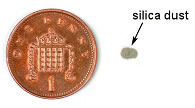
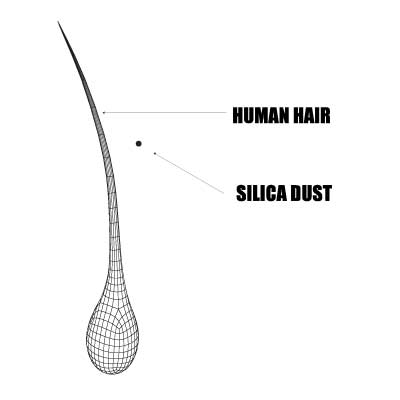
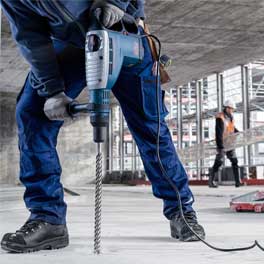
How is the dust being created?
Silica is a natural substance found in varying amounts in most rocks, sand and clay. For example, sandstone contains more than 70% silica, whereas granite might contain 15-30%. Silica is also a major constituent of construction materials such as bricks, tiles, concrete and mortar.
You generate dust from these materials during many common construction tasks. These include cutting, drilling, grinding and polishing. Some of this dust is fine enough to get deep into your lungs. The fine dust is known as respirable crystalline silica (RCS) and is too fine to see with normal lighting. It is commonly called silica or silica dust.
The chart below shows the maximum percentages of silica present in vairous types of materials commonly found in the workplace.
How Much Silica

Will RCS affect me?
That will entirely depend on the measures you and your employer are taking to prevent inhalation. It is expected that you will have a risk assessment in place before carrying out the type of work that will create RCS. You should, of course, also wear the appropriate PPE when carrying out these tasks but don’t forget that the dust is invisible and can stay airborne for many hours after it’s created. What about others in your workplace or home? Do they have the same PPE? Are you confident it will be hours before others will be in the same place you have worked? An additional solution is required.
Additional Solutions
We have a range of dust extraction equipment that can be used easily alongside the most common tools that cause RCS.

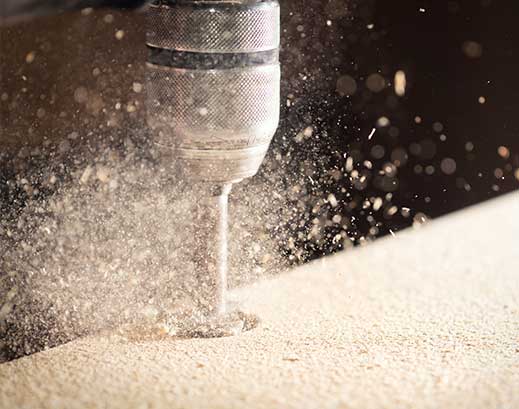
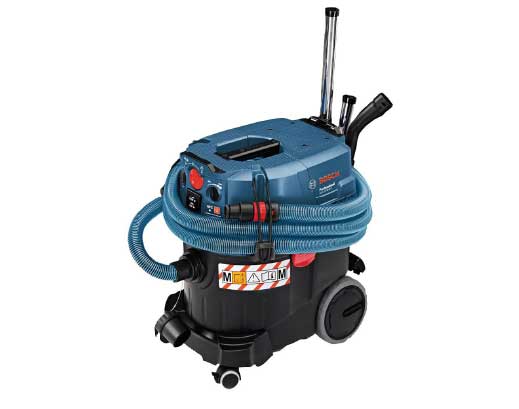
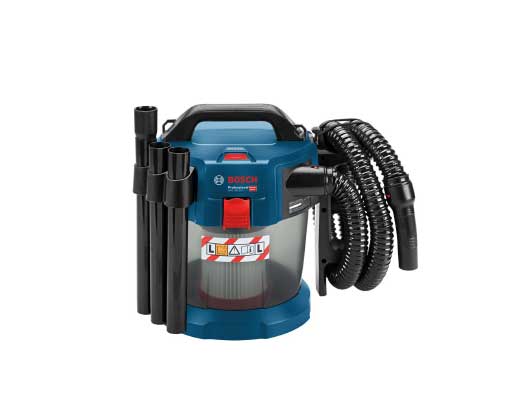
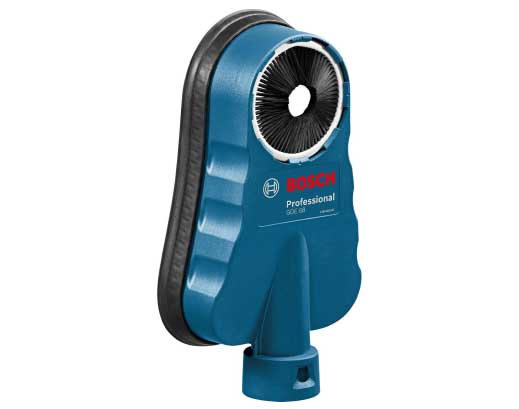
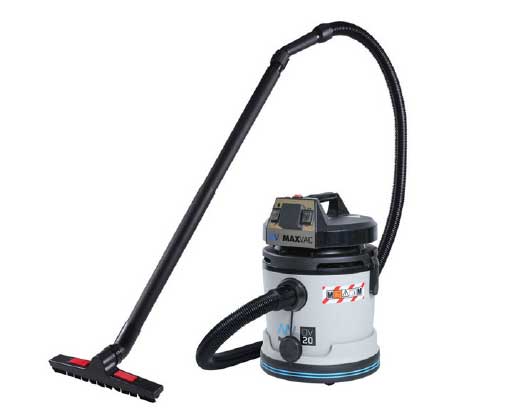



Leave A Comment